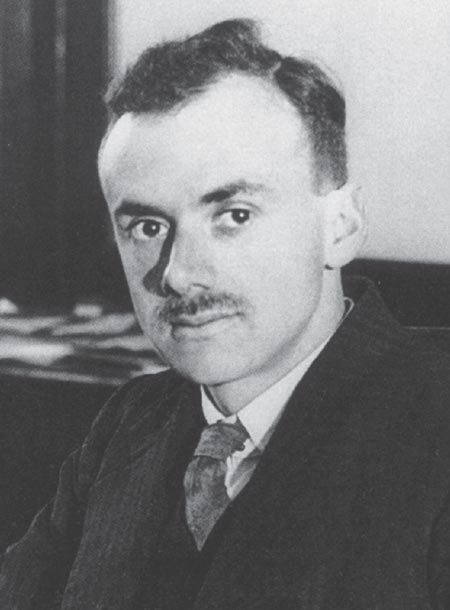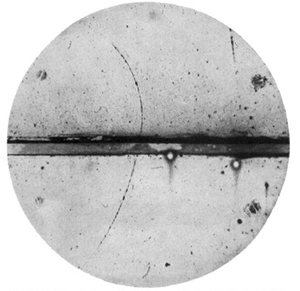History
One of the most important figures in antimatter history is a physicist named Paul Dirac. Dirac received a Nobel Prize in 1933 for his equation that combined quantum theory and special relativity to describe the behavior of an electron. The equation posed a problem that would end up predicting antiparticles. Similar to how (x^2) = 4 has two solutions (x = 2 or x = -2), Dirac's equation also worked with an electron of negative energy. This equation predicted the existence of antiparticles. |
 Source: http://physicsworld.com/cws/Articles/ ViewArticle.do?channel=news&articleId=38471 |
|
In 1932, a professor named Carl Anderson was studying showers of cosmic particles. He noticed a trace of something that had the mass of an electron, but was positively charged. After a year of studying this trace, he determined that it was a antielectron. This is also known as a positron. Anderson was the first to discover an antiparticle. |
. Source: https://www.aps.org/publications/apsnews/200408/history.cfm |
In 1954, a proton accelerator know as the Bevatron was built. The machine was built to collide protons at 6.2 gigaelectronvolts. This is the optimum amount of energy to create antiprotons. The Bevatron would go on to help discover the antiproton in 1955 as well as discover the antineutron in 1956. |
 Source: https://timeline.web.cern.ch/events/the-bevatron-starts-up-at-berkeley-california |
More recently in 2011, scientists at CERN(European Organization for Nuclear Research) were able to trap antimatter for over 16 minutes. This was long enough to do a considerable amount of study on the properties of antimatter. |
. . |